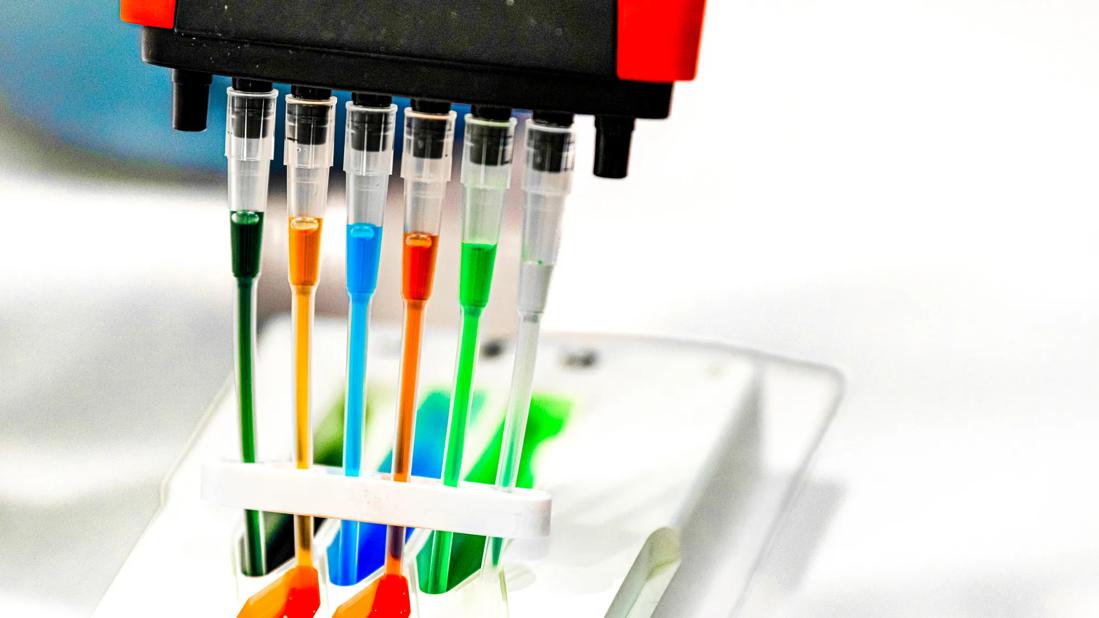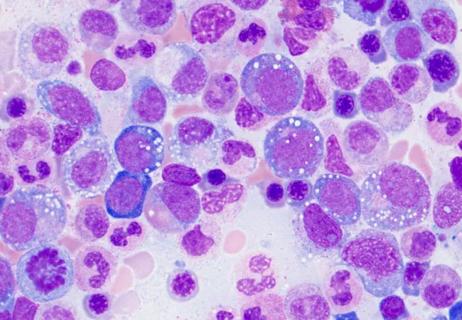From methotrexate for RA, to the treatment of HIV and multicenter randomized trials, Cleveland Clinic has long been at the forefront in the field of rheumatology

Advertisement
Cleveland Clinic is a non-profit academic medical center. Advertising on our site helps support our mission. We do not endorse non-Cleveland Clinic products or services. Policy
Cleveland Clinic was at the forefront of modern medicine when its founders organized it as a multi-specialty group practice in 1921. This forward-thinking, innovative spirit lives on today. In its first 100 years, Cleveland Clinic has introduced many medical firsts, opened facilities around the world and is proud to be ranked among the top hospitals in the country.
Rheumatologists have been innovating at Cleveland Clinic for more than 50 years, from the use of methotrexate in RA, to the treatment of HIV and multicenter trials. Landmark Cleveland Clinic innovations in rheumatology include:
Advertisement
Abby Abelson, MD, is Chair of Cleveland Clinic’s Department of Rheumatology, Vice Chairman for Education at the Orthopaedic & Rheumatologic Institute, and Education Program Director in the Department of Rheumatologic and Immunologic Diseases, as well as Director of Education at the Center for Osteoporosis and Metabolic Bone Disease. In 2020, Dr. Abelson was designated as a Master of the American College of Rheumatology (ACR).
Dr. Abelson earned her medical degree from Case Western Reserve University School of Medicine and completed her internship and residency in Medicine at Mt. Sinai Hospital in Cleveland, where she was Chief Resident. She subsequently completed a fellowship in Rheumatology at University Hospitals of Cleveland.
Advertisement
Advertisement

New clinic meets Hispanic patients where they are

Several factors masked the cause of the patient’s chronic condition

Patient with previous neurological, bone and hematologic involvement presents with hematemesis

Coordinating care across multiple disciplines

A broad differential diagnosis

Study examines the acceptance of PROMs in a large series of rheumatology patients

The identification of a novel disorder: the VEXAS syndrome

Varied platforms maximize opportunities for interactive, problem-based learning